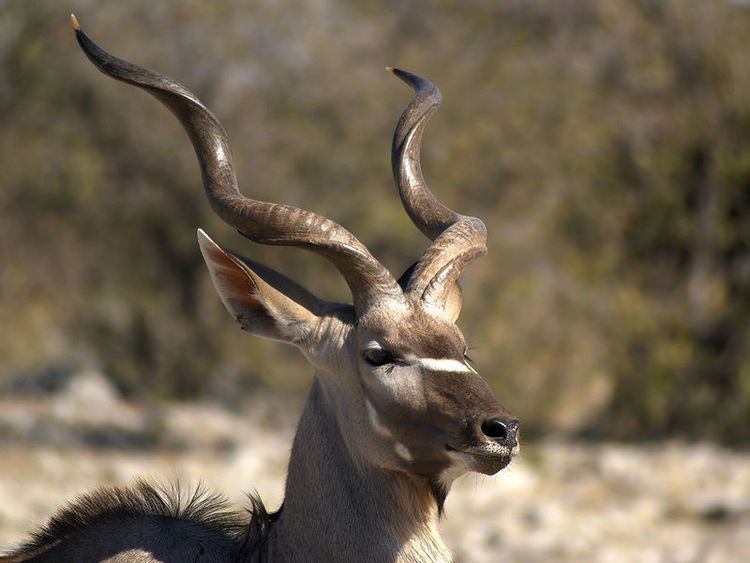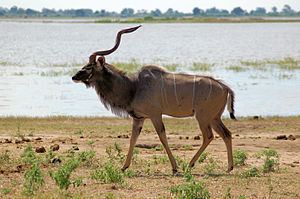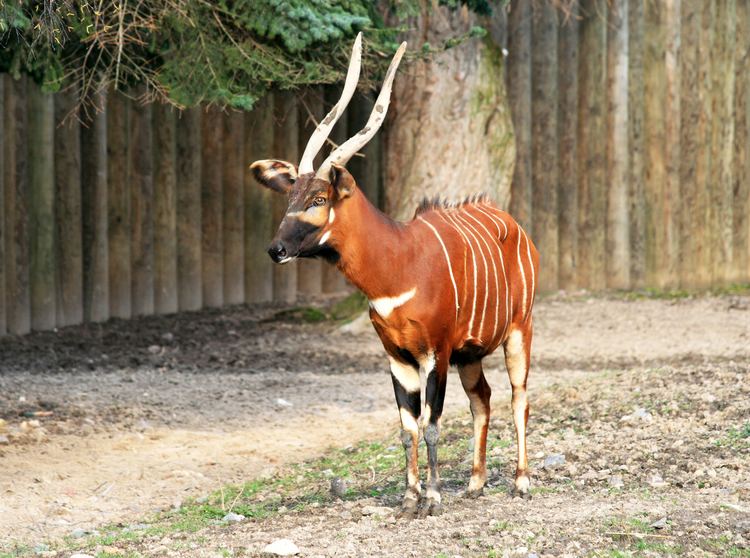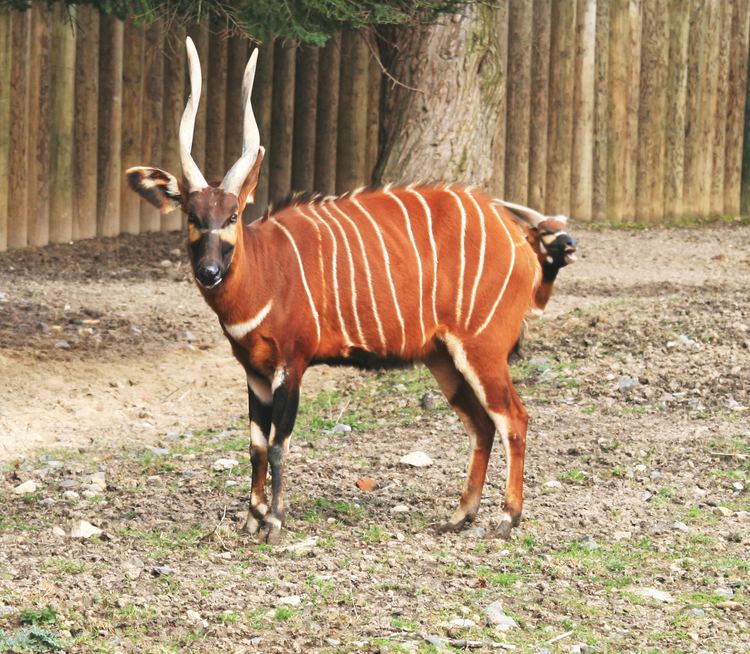Order Artiodactyla Higher classification Strepsicerotini | Phylum Chordata Scientific name Tragelaphus | |
 | ||
Mass Greater kudu: 190 – 270 kg, Lesser kudu: 60 – 90 kg Lower classifications | ||
Tragelaphus is a genus of medium- to large-sized spiral-horned antelopes. It contains several species of bovine, all of which are relatively antelope-like. Species in this genus tend to be large sized, lightly built, have long necks and considerable sexual dimorphism. The common eland (Taurotragus oryx) was once classified in this genus as Tragelaphus oryx. The name "Tragelaphus" comes from the mythical tragelaph. A common synonym is genus Strepsiceros, which refers to the same set of African antelopes.

Taxonomy and phylogeny

Tragelaphus is a genus in the subfamily Tragelaphinae and the family Bovidae. The genus authority is the French zoologist Henri Marie Ducrotay de Blainville, who first mentioned it in the journal Bulletin des Sciences, par la Société Philomatique in 1816. The name is composed of two Greek words: tragos, meaning a male goat; and elaphos, meaning deer. It consists of eight species, namely:
According to a 2006 study, Tragelaphus diverged from its sister genus Taurotragus (elands) towards the end of the Late Miocene.


